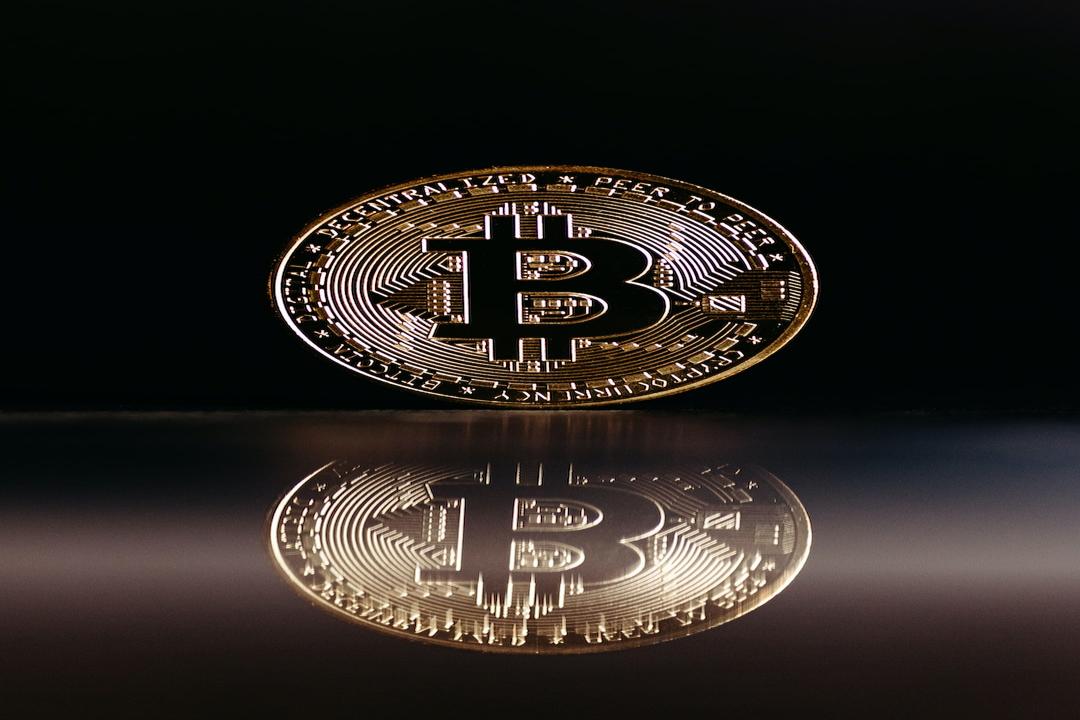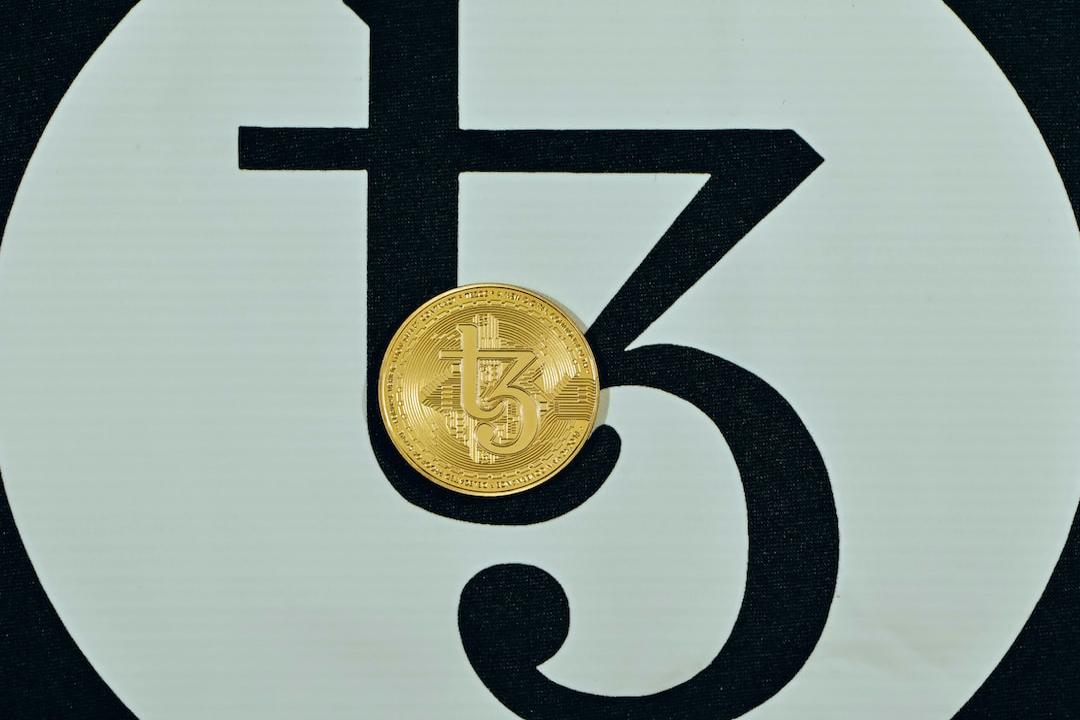Original Authors: UkuriaOC, CryptoVizArt, Glassnode
Original Translators: Tao Zhu, Golden Finance
Summary:
· Despite the chaotic price movements, investors’ profitability remains strong, with an average unrealized profit of about 120% per token.
· Demand is sufficient to absorb selling pressure and HODLer withdrawals, but not enough to promote further upward growth.
· Spot and arbitrage trading continue, especially with the increase in institutional traders, temporarily enhancing the expectation of range trading.
Market Profitability Remains Strong
Lateral price fluctuations often manifest as investor fatigue and indifference, seeming to be the dominant reaction in all Bitcoin markets. The price of BTC is consolidating within a mature trading range. Investors are still in a generally advantageous position, with over 87% of the circulating supply in a profitable state, with the cost basis lower than the spot price.

Utilizing the MVRV indicator, we can assess the scale of unrealized profits held by ordinary investors.
Currently, the average unrealized profit held by ordinary tokens is about +120%, which is a typical scenario for markets trading near the previous cycle’s ATH. The MVRV ratio remains above its annual baseline, indicating that the macro upward trend remains unchanged.

We can use the MVRV ratio to define pricing ranges to assess investors’ profitability relative to the long-term average’s extreme deviations. Historically, breaking through 1 standard deviation aligns with a long-term macro top.
Currently, the BTC price is stable and consolidating within a range of 0.5 to 1 standard deviation. This once again highlights that despite recent market volatility, ordinary investors still hold high profits at a statistical level.

When the market decisively broke the 2021 ATH, there was a significant allocation of investors, mainly driven by the long-term holder group. This reflects substantial profits, helping to increase active trading and liquidity supply.
Typically, after a new ATH, the market needs ample time to integrate and digest the introduced supply surplus. As balance is established, this leads to a decrease in realized profits and selling pressure.
The reduction in selling pressure and profit-taking naturally reduces market resistance. However, since the ATH in March, the BTC price has been unable to maintain a significant upward momentum. This indicates that while demand is stable enough to maintain market range fluctuations, overall growth is insufficient to reestablish an upward trend.

Decline in Trading Volume
Despite investors’ profitability, the volume of transactions processed and transferred on the Bitcoin network has significantly decreased after hitting historical highs. This highlights a weakening of speculative desires and increased market indecision.
Similar situations can also be observed when evaluating the spot trading volume on major centralized exchanges. This indicates a strong correlation between on-chain network settlement volume and trading volume, reflecting investor fatigue.

Substantial Decline in Exchange Activity
Digging deeper, when examining the on-chain inflow of exchanges priced in BTC, we once again note a significant decrease in activity.
Currently, short-term holders are sending about 17,400 BTC to exchanges daily. However, this is significantly lower than the peak of 55,000 BTC/day recorded when the market reached the $73,000 high point in March, indicating excessively speculative levels. In contrast, the amount of BTC flowing into exchanges from long-term holders is relatively low, with only a negligible inflow of 1,000+ BTC per day.

We can visually see the sharp decline in LTH investor activity by the percentage of long-term holder balances sent to exchanges.
LTHs are sending less than 0.006% of their total holdings to exchanges, indicating that this group has reached a balance and requires a higher or lower price stimulus to prompt further action.

Currently, there is more token transfer volume for profit (11,000 BTC) than for loss (8,200 BTC). This indicates a prevailing tendency towards profit-taking, albeit relatively small in magnitude.

Currently, the average tokens sent to exchanges realize profits of approximately +$55,000 and losses of -$735. This results in an average profit-to-loss ratio of 7.5 times higher, with only 14.5% of trading days recording a higher ratio.
This suggests that HODLers are still withdrawing, and demand is sufficient to absorb selling pressure but not enough to drive market prices higher. This indicates that the market structure favors range traders and arbitrage strategies rather than directional and trend trading strategies.

Cash and Arbitrage-based Trading
Another tool that allows us to describe the spot market is the Cumulative Volume Delta (CVD). This indicator describes the net deviation between buyer volume and seller volume in the market, in US dollars.
Currently, net seller bias dominates the spot market, but the market continues to trend sideways. This aligns with the aforementioned view that demand is roughly equal to selling pressure, keeping the market within range fluctuations.

When evaluating the futures market, we note a continuous increase in open interest contracts, currently exceeding $300 billion, slightly below previous highs. However, as emphasized in WoC-23, a significant portion of these open interest contracts is related to market-neutral spot and arbitrage trading.
In a market with range fluctuations, the increase in open interest contracts may signal an increase in volatility capture strategies, as traders can benefit from premiums in perpetual swaps, futures, and options markets.

The substantial increase in open interest contracts on the Chicago Mercantile Exchange highlights the increasing participation of institutional investors. The CME currently holds over $100 billion in open interest contracts, accounting for nearly one-third of the global market share.

In stark contrast to the increase in open interest contracts, futures trading volume has seen a similar decline as spot market and on-chain transfer volume. This indicates relatively low speculative interest, with fixed basis trading and arbitrage positions dominating.

Conclusion
Despite the market’s volatile fluctuations, ordinary Bitcoin investors still largely remain profitable. However, investor decisiveness has decreased, and trading volumes in spot, derivatives markets, and on-chain settlements are shrinking.
Demand and sellers seem to have established a balance, resulting in relatively stable prices and significantly reduced volatility. The stagnation in market trends leads to a certain degree of boredom, indifference, and indecision among investors. Historically, this indicates that decisive price movements in any direction are necessary to stimulate the next round of market activity.

